
views
Getting the Monitor Prescribed

Decide if you need to see the cardiologist. If you believe you are having heart problems, you should schedule an appointment with a cardiologist. Your cardiologist will be able to counsel you on what the next steps should be and what tests they want you to undergo. If you don’t have a cardiologist, schedule an appointment with your primary care provider and they will give you a referral to a cardiologist if you need one.
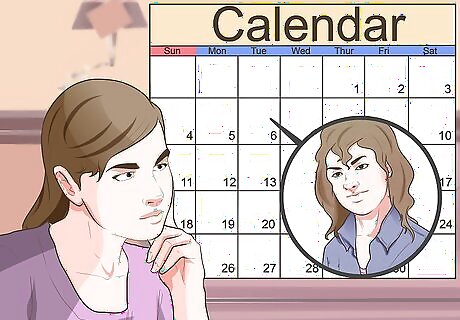
Schedule an appointment with the cardiologist. You’ll need an appointment with a cardiologist to get the monitor. A monitor is typically worn for 24 to 48 hours, however, this timeframe may increase depending on the type of monitoring used. Your doctor will prescribe the required time for you. Shower or bathe before your appointment unless you’re told otherwise. Most monitors have to remain dry and cannot be removed after monitoring begins. A portable Holter monitor records an electrocardiogram (ECG or EKG) that measures and records your heart’s activity. Someone might wear a Holter monitor if they have arrhythmias (irregular heartbeats), to make sure their medicines are working correctly, or to see if their heart is getting enough oxygen.
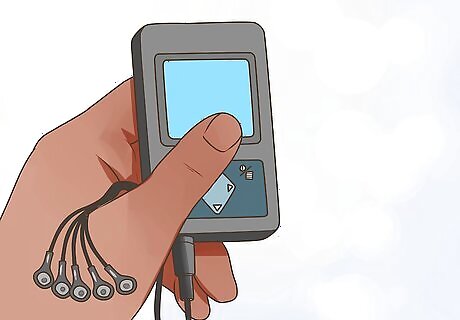
Pick up the monitor. When you go to pick up your monitor for the first time, the technician may put it on for you. If they do, they will place sticky patches called electrodes onto your skin that plug into the monitor. If the technician does not help you put on the monitor, you will have to attach it yourself. Tell the technician if you’re allergic to any tapes or adhesives before they attach the electrodes. The tech may have to shave your chest to make sure the electrodes stay attached. You can carry the monitor in your pocket or bag, wear it on a purse strap, or wear it on your waist. Some newer Holter devices attach to your chest like a patch.
Attaching the Monitor
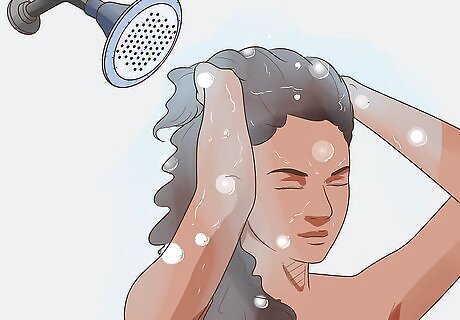
Wash your skin and remove your clothing from the waist up. The first step in attaching your Holter monitor is to wash your body with soap and water so the electrodes stick. Once you put on the Holter monitor, you cannot take a shower or bath. Remove any jewelry or clothes on your waist up so the electrodes or patch can be attached to your chest. If you have thick chest hair, shave the areas where the electrodes attach so the monitor can get a clear reading. If your monitor comes with cleansing wipes, use those to clean the area when you put the sticky pads on.
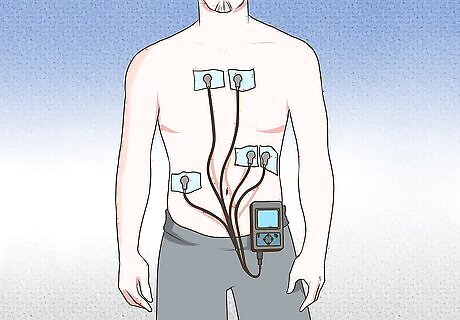
Attach the electrodes to your skin. Put the adhesive electrodes on your body as directed—this usually means two electrodes on either side of your heart, one in front of your heart, and two pads on the bottom edge of either side of your rib cage. Secure the leads (wires) to the electrodes according to the instructions. Typically, the leads snap into place on the adhesive pads. Follow your doctor’s instructions to attach the leads to the electrodes.
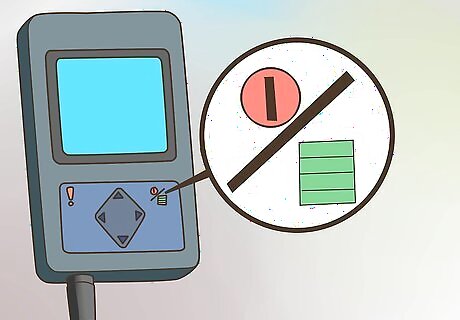
Activate the device. There are various types and brands of Holter monitors, so instructions for activating the device may vary—follow your doctor’s instructions to start the device. The monitor will record continuously and turns off automatically when the prescription period is over. Make sure you see the activity lights flashing on the monitor itself so you know that it is working properly.

Conduct your normal activities. It is important to live your life normally while wearing the monitor so that your cardiologist can get an accurate representation of your heart activity in your everyday life. Return to your usual activities like work, household chores, and exercise unless your doctor tells you differently. While wearing the device, avoid electric blankets, high-voltage areas (like power lines), magnets, x-rays, and metal detectors. Stay away from electrical appliances like shavers and microwave ovens. Keep your cell phone at least 6 in (15.24 cm) away from the monitor box to prevent it from affecting your results. Try to avoid showering, swimming, bathing, or sweating excessively, which can cause the leads to come off. However, taking a sponge bath is usually allowed. Try to sleep on your back while wearing the monitor.
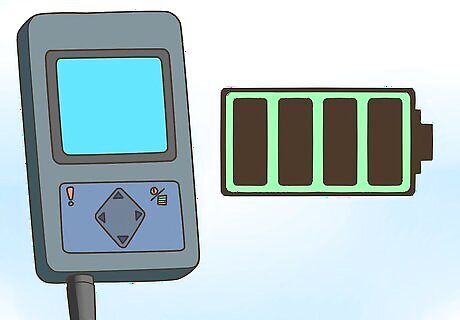
Keep the battery charged if necessary. Most Holter monitors can last for 80 to 100 hours without needing to be charged. If you do have to change the batteries in the monitor box, make sure to ask how to do it and have extra batteries on hand. Some monitors come with a USB cable to charge it instead. You will probably receive instructions about charging the monitor’s battery from the technician at the cardiologist’s office before you leave.

Keep a diary of your activities and symptoms. It is important to keep track of your cardiac symptoms while you are wearing the Holter monitor. If you feel symptoms like chest pain, dizziness, short breaths, or uneven heartbeats, write down what time they began and what you were doing. This will give your doctor a more complete picture of your cardiac health. Your doctor may give you a diary to write down the date and time of your activities on. Some monitors come with a separate phone-like device that allows you to “track” your symptoms so that your doctor knows to pay special attention to what’s happening on the monitor at that time.
Returning the Monitor
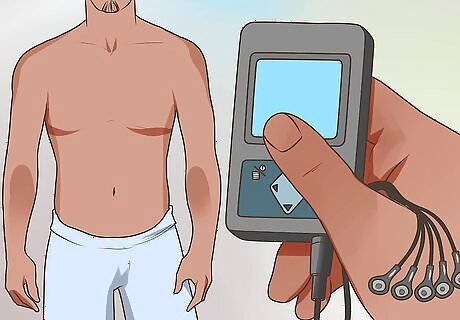
Remove the monitor from your body. When the data measurement period is over, dispose of the electrodes and put the device back into its box or packaging. Your doctor may have a solvent that makes it easy to remove the electrodes and clean up any sticky marks on the skin. Otherwise, you can get rid of adhesive marks on the skin with water, alcohol, mineral oil, or lotion.
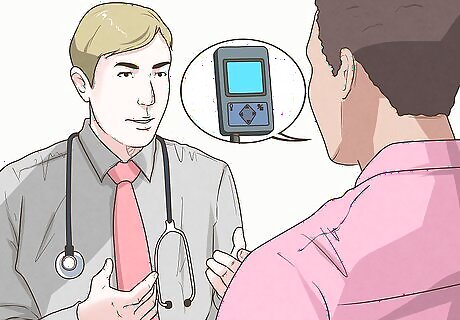
Return the equipment. The monitor is basically a rental from the doctor’s office—it is not yours to keep. You must return it to the cardiologist within a specified period. If you don’t return it, they may charge you for the equipment. If you were asked to keep a diary, give that to your doctor, too. You may have to physically go to the cardiologist’s office to return the monitor or simply mail it back to their office. Your cardiologist will tell you how to return the device before you leave with it.

Schedule a follow-up appointment with your cardiologist. A week or two after the Holter test, your cardiologist will read the results from your Holter monitor and discuss them with you. They will let you know if there are any problems and what possible courses of treatment might be. The doctor will read the data from the machine and interpret it. They will then decide where to take your treatment from here. Depending on your symptoms, the results might show if you have a heart rhythm disorder (arrhythmia) like atrial fibrillation, bradycardia, tachycardia, or premature ventricle contractions. Your cardiologist may take care of all this with a phone call instead of a follow-up appointment.




















Comments
0 comment